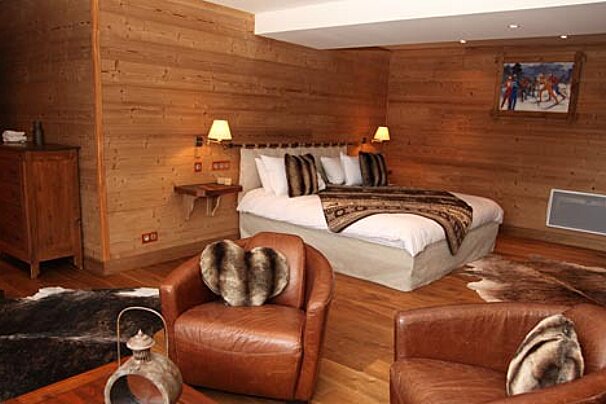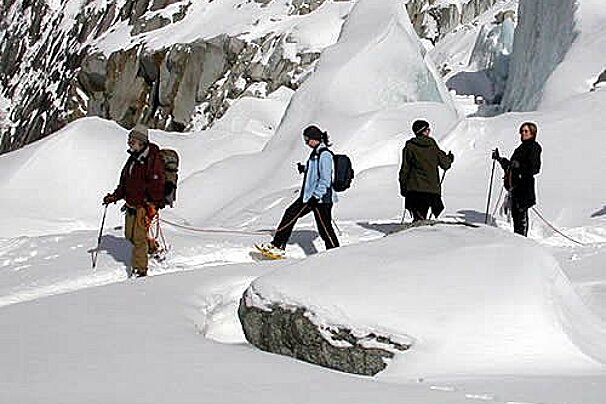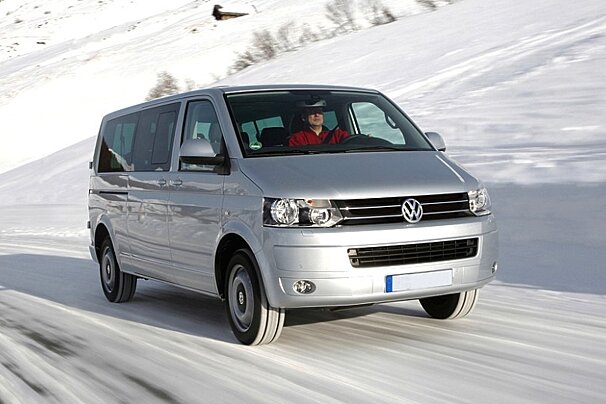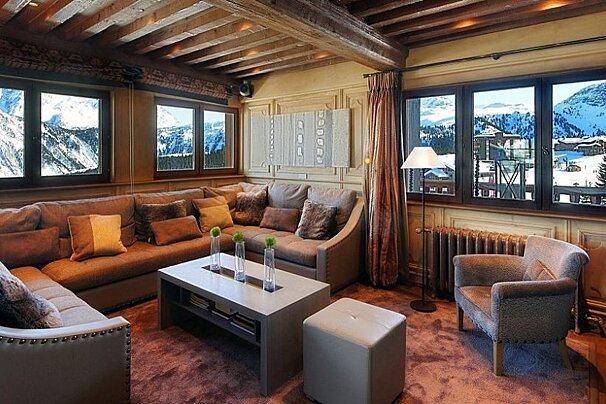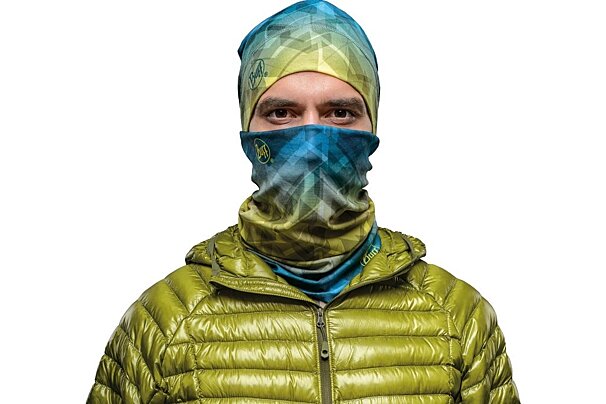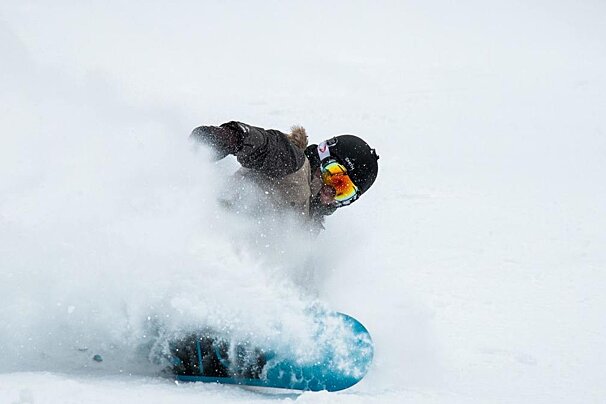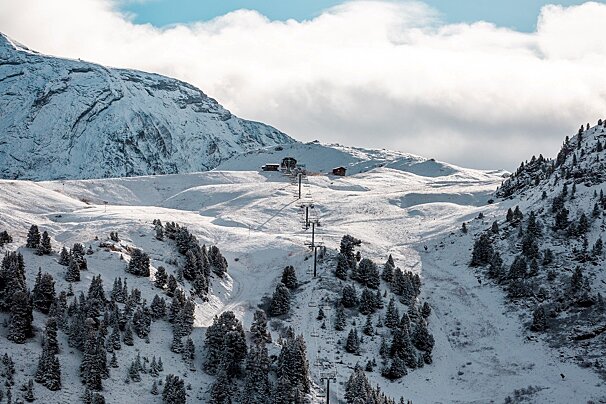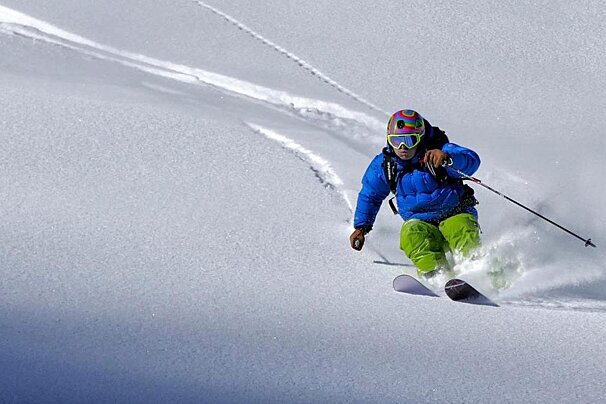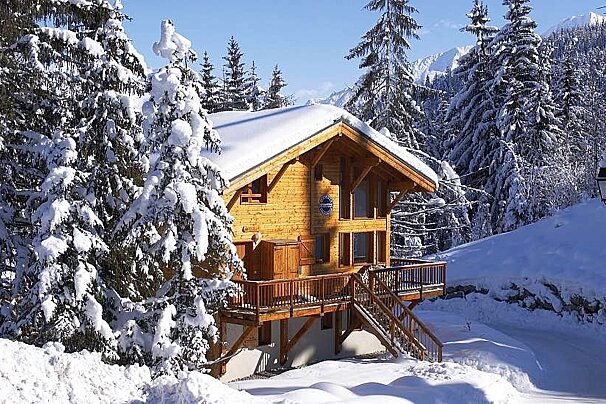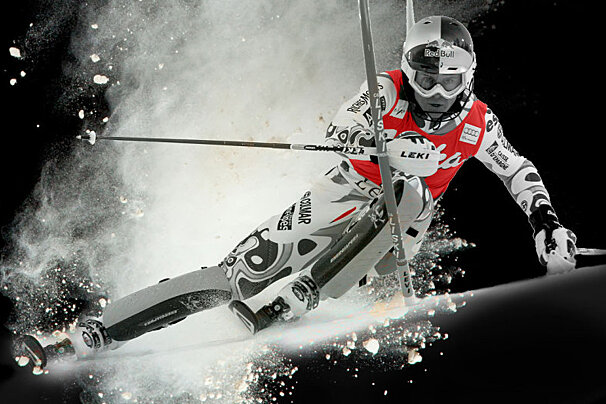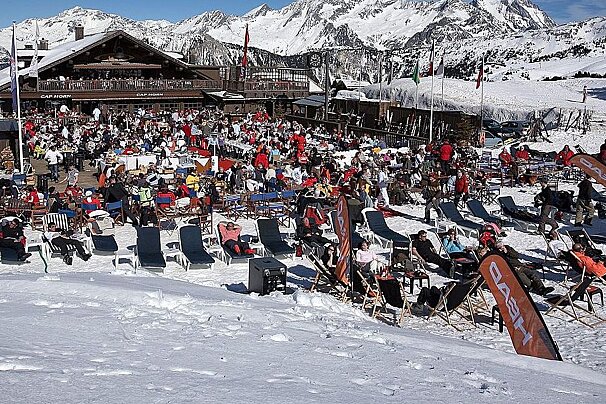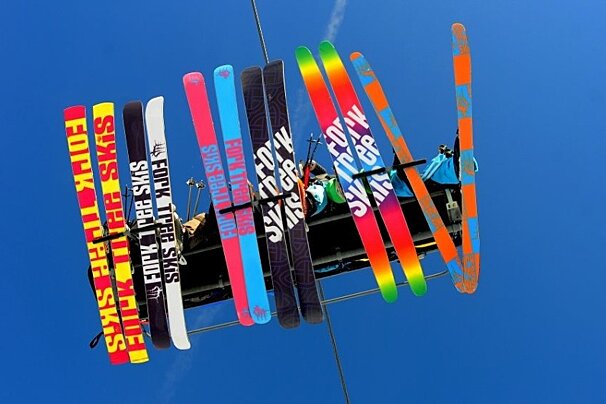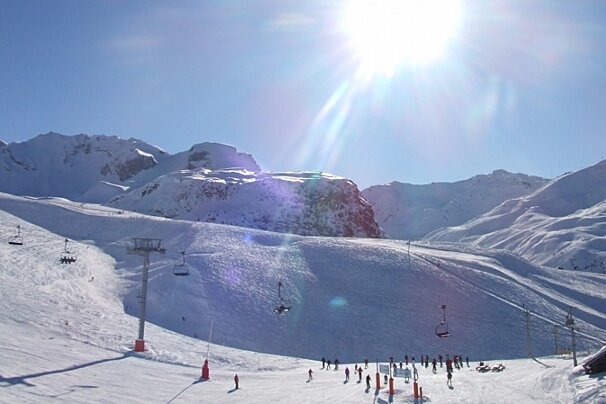
Cross-country Skiing in Courchevel
Discover the top Courchevel nordic skiing
The Courchevel valley has 67km of prepared cross-country trails perfect for beginners and experts.
Tracks are maintained for both the classic and skating styles, usually side by side on specially prepared pistes. These trails all operate on a one-way system (for obvious reasons), and you can buy a pass before setting out, usually from the lodges at the beginning of the trails. The trails are patrolled and it is likely that your pass will be spot-checked.
The pistes are maintained each night and walkers are requested not to use the marked trails across the whole of the Three Valleys.
Courchevel
From Courchevel itself there are several options including the Col de la Loze loop, an easy 2.5km blue piste, and the Bouc Blanc itinerary is a slightly longer blue 5km piste.
Courchevel/Méribel Altiport
The Courchevel/Méribel Altiport run is a 17km red track and the Courchevel/La Tania run is a 15km red track. These are both harder than the blues, so better suited to those who have built up confidence and are ready to tackle something more challenging.
Courchevel Village
The Les Brigues/Chantery track runs through the forest is a red 5km piste.
Courchevel Moriond
The Boucle Bleue du Belvedere is 5km long and starts next to the Granges draglift, providing an easy itinerary passing farmhouses and beautiful scenery along the way.
Le Praz
From Le Praz there are three loops. The green is 2km and starts opposite the ski jump. The red is 7km and the black is 8.5km, both starting from the tourist office.
The trails are free to use and you can pick up a guide booklet and map from the tourist offices.
Jump to
Cross-country skiing in Méribel

Méribel has 33km of prepared cross-country trails in its valley. Situated in two different areas of Méribel, one at the Lac de Tueda in Mottaret and the other around the Altiport area of Méribel.
With a variation of tracks ranging from green to red you can challenge yourself at ski de fond.
Méribel Mottaret
With slightly more gentle tracks, take the green trail which is 3km long and great for those just starting. It starts at the Plan Ravet car park or the Piou-Piou nursery school. Alternatively if you feel slightly more confident take the blue marked trail, which is 5km and starts from the same place.
Méribel
Here you have access to a blue track, 5km long with an altitude climb of 110m, which takes you through the forest and starts at restaurant Le Blanchot. Alternatively if you are well practised in ski de fond try the red track which also starts at the restaurant, however it is 10km long and has an altitude climb of 230m. Both of these tracks offer exceptional views and mountain scenery.
Starting in Méribel you also have to option to take longer cross-country tracks to Courchevel or La Tania. Again starting off at restaurant Le Blanchot you can take this red marked track and either continue straight to make your way to Courchevel (17km with an altitude climb of 150m), or take the left track to head to La Tania (16km with a 230m climb).
Cross-country skiing in Val Thorens

Val Thorens only has 4km of prepared cross-country trails, but they accommodate both classic and skating styles and are perfect for beginners or those who just want to spend a few hours trying something a bit different.
Book a cross-country ski lesson

Whilst cross-country skiing appears to be just walking, which it is on the flat and even on the uphill sections, going downhill is trickier than it looks. A lesson will provide you with the basic knowledge and skills that will allow you to tackle uphill sections and more importantly come back downhill nice and safely. You will learn the basic descending style of one ski in the pre-formed track and one as a snowplough type brake. Once you've mastered this try and ski downhill in a snowplough type position.
Cross-country skiing
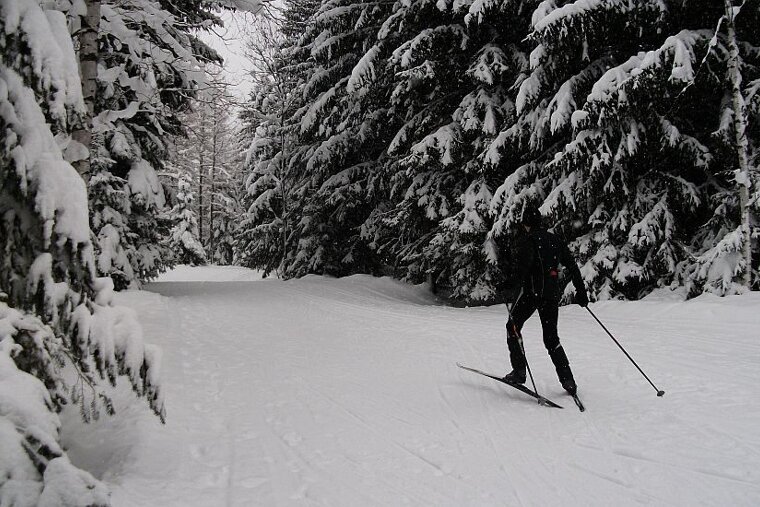
What to wear
Many cross-country skiers you see in resort wear clothing more along the lines of cycling apparel rather than that of normal alpine skiers. It gets very warm cross-country skiing, so wear layers that can be removed as necessary.
Take a rucksack for your clothing and supplies, and don't forget some snacks and plenty of water. The “camelbak” type hydration backpacks are great for cross country skiing, room for your layers and a drink combined as well. They also mean you can grab a drink without having to take your rucksack off and when you are drinking regularly this really helps.
You will need around one litre of liquid for a three to four hour ski session. You can burn in the region of 1,500 calories in a two hour cross-country session at fairly high intensity, so you will need to keep your energy levels up. Bananas are always a great snack when exercising, the slow release potassium really helps fight fatigue.
More fitted trousers will help with the technique of both classic and skating, less chaffing as your legs move. Helmets generally aren’t worn but you may want a bobble hat or headband to keep your ears warm. Remember it gets really warm going uphill and cooler going downhill. Gym or cycling base layers are great if you have them or something with a wicking layer. The wicking fabric helps remove the sweat from your torso and keep it in the material itself which helps keep you cool when climbing and also stops you getting cold when descending.
Classic or skating style
As a beginner go for classic style, where you generally keep your skis in a straight line and it’s more of a walking style, this is the basic style to initially master. Once you’ve mastered classic style you may decide this is for you and continue with your development of the technique. Alternatively, you may decide to take up skating style, this is the more advanced technique that you see the biathletes using. It’s more advanced and requires a more technical skill set.
Top tip: To begin with stick with classic cross-country skiing style and see how you get on
Skis and poles
There are different skis for classic and skating, so make sure you get the right skis for the type of skiing you are going to do. The skis are longer than normal alpine skis, somewhere between 95% and 105% of your height, the poles are much longer too (between chest and shoulder height in relation to your body) for pushing uphill, so don’t be tempted to try and use your normal alpine ski poles.
Most cross-country skis are “wax-less” as the traction for going uphill is provided by a “fish scale” type grip pattern on the central section on the bottom of the ski. If your skis don’t have a “grippy” section on the bottom you will need to wax them for traction, then you need to get the right wax.
Soft wax = more grip uphill, but slower downhill. Hard wax = less grip uphill, but quicker downhill.
Top tip: To begin with get skis with a “grippy” section to eliminate the wax issue.
Boots
Make sure your boots fit well, nice and snug. Cross-country ski boots are more like a hiking boot, in many ways similar to a winter ankle style cycling boot. Ensure they fit well as you are basically walking and jogging in them whilst skiing for several hours a day.
Hiring equipment
You can hire cross-country ski equipment from a number of ski hire shops in resort. Check in the shops for current prices.
More inspiration...
Find the cross-country ski maps for Courchevel.
Take a look at this year's ski lift pass prices and if you're not sure which one to buy, read our guide for more information.
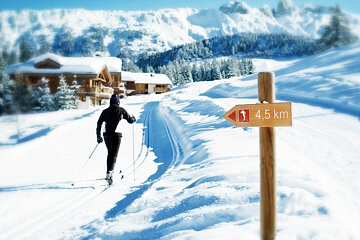

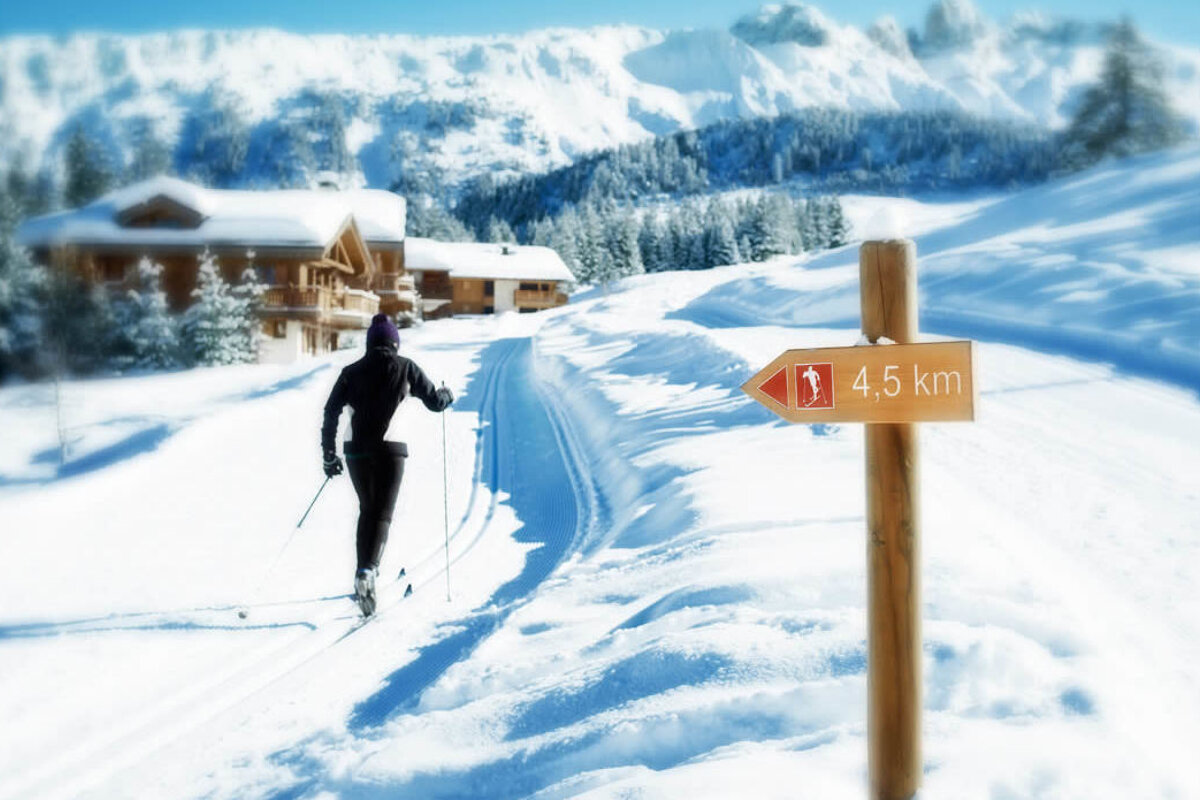




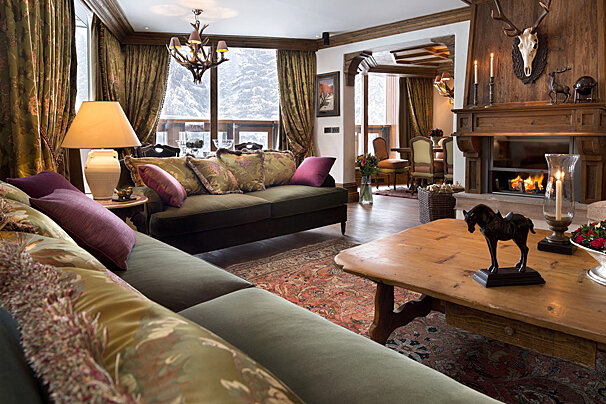
![[itemref] lounge](https://cdm0lfbn.cloudimg.io/v7/_images_base_/image_uploader/photos/original/2103-1-eden-20_1_21030001_1000__wwatermark1363125858_1363125858.jpg?ua=1760968769&p=listing_summary_middle)
